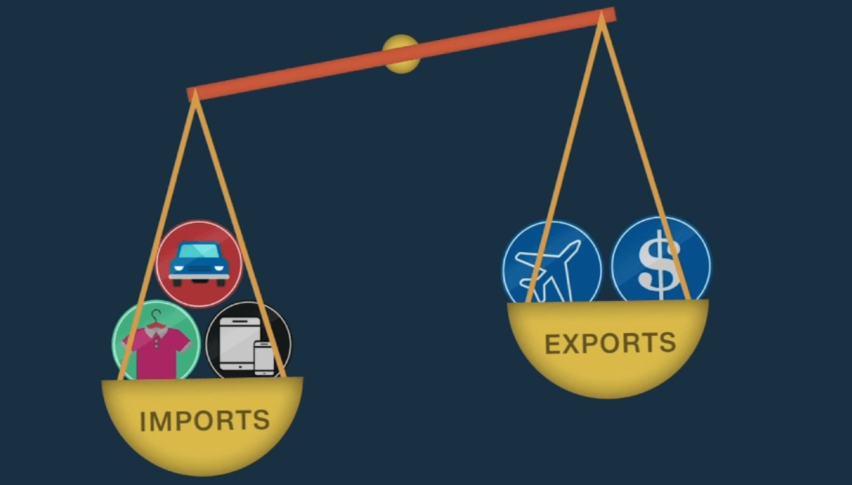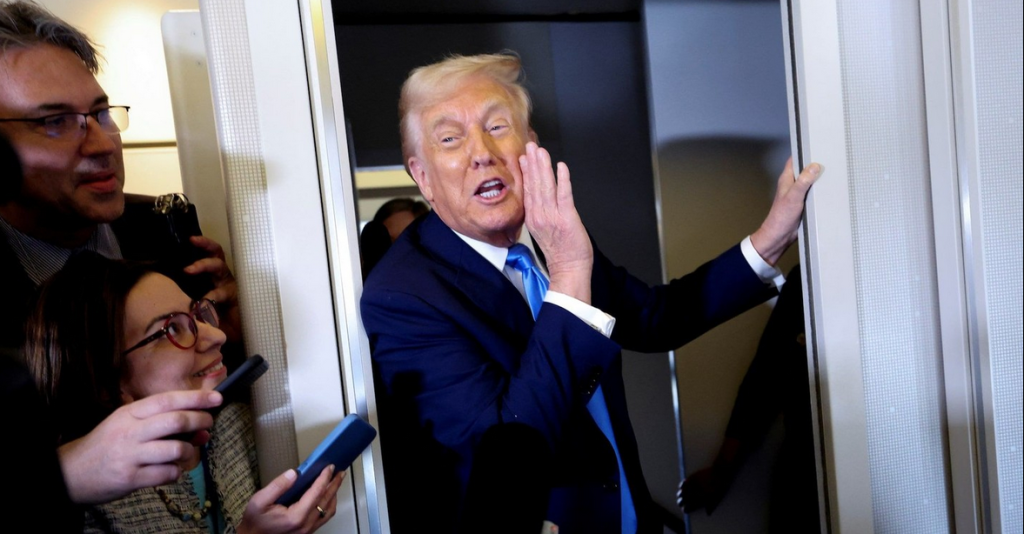Donald Trump Delays Tariff Hike on Mexico by 90 Days
Meanwhile, other nations—including Argentina—are still in talks, hoping to finalize agreements in the coming days.

Quick overview
- President Trump announced that tariffs on Mexican goods will remain unchanged for 90 days to facilitate trade negotiations.
- Under the current agreement, Mexico will continue to pay tariffs of 25% on fentanyl and automobiles, and 50% on steel, aluminum, and copper.
- Trump claimed Mexico agreed to remove some non-tariff trade barriers, although specifics were not provided.
- As the August 1 deadline approaches, the U.S. has secured tariff agreements with nine countries, each with varying rates.
U.S. President Donald Trump announced Thursday that current tariffs on Mexican goods will remain unchanged for the next 90 days, allowing time to negotiate a new trade agreement.

The decision came after a phone call with Mexican President-elect Claudia Sheinbaum.
“We have agreed to extend, for 90 days, exactly the same deal we had during the previous short-term period,” Trump wrote on Truth Social. Under the agreement, Mexico will continue paying a 25% tariff on fentanyl, 25% on automobiles, and 50% on steel, aluminum, and copper.
Trump also claimed that Mexico had agreed to immediately remove many of its non-tariff trade barriers, though he did not specify which ones. Many Mexican exports are already protected under the United States-Mexico-Canada Agreement (USMCA), the regional trade pact that replaced NAFTA.
Tariffs Take Effect Amid Push to Cut U.S. Trade Deficit
The Trump administration’s broader tariff strategy aims to reduce the U.S.’s long-standing trade deficit, even if it means slower economic growth and higher inflation—both at home and abroad.
Friday, August 1, marks the deadline Trump set for reaching tariff agreements with key trade partners. As that deadline approaches, the U.S. has secured deals with just nine countries: the United Kingdom, Vietnam, Japan, the Philippines, Indonesia, the European Union, South Korea, Pakistan, and India. Notably, each agreement includes different tariff levels:
So far, the U.S. has reached deals with just nine countries: the United Kingdom, Vietnam, Japan, the Philippines, Indonesia, the European Union, South Korea, Pakistan, and India. However, the final tariff rates vary widely. For instance, the U.K. accepted a 10% tariff, the same as the original proposal; Vietnam agreed to a reduced 20% rate, down from an initially proposed 46%; and Japan settled at 15%, lower than the original 24%.
Some countries saw increases: the Philippines agreed to a 19% tariff, up from 17%, and the European Union accepted a 15% rate, higher than the 10% initially floated. South Korea’s final rate was 15%, reduced from the proposed 25%. Pakistan’s final figure hasn’t been disclosed, but the original offer was 29%. India settled at 25%, just below the originally proposed 26%.
Meanwhile, other nations—including Argentina—are still in talks, hoping to finalize agreements in the coming days.
- Check out our free forex signals
- Follow the top economic events on FX Leaders economic calendar
- Trade better, discover more Forex Trading Strategies
- Open a FREE Trading Account